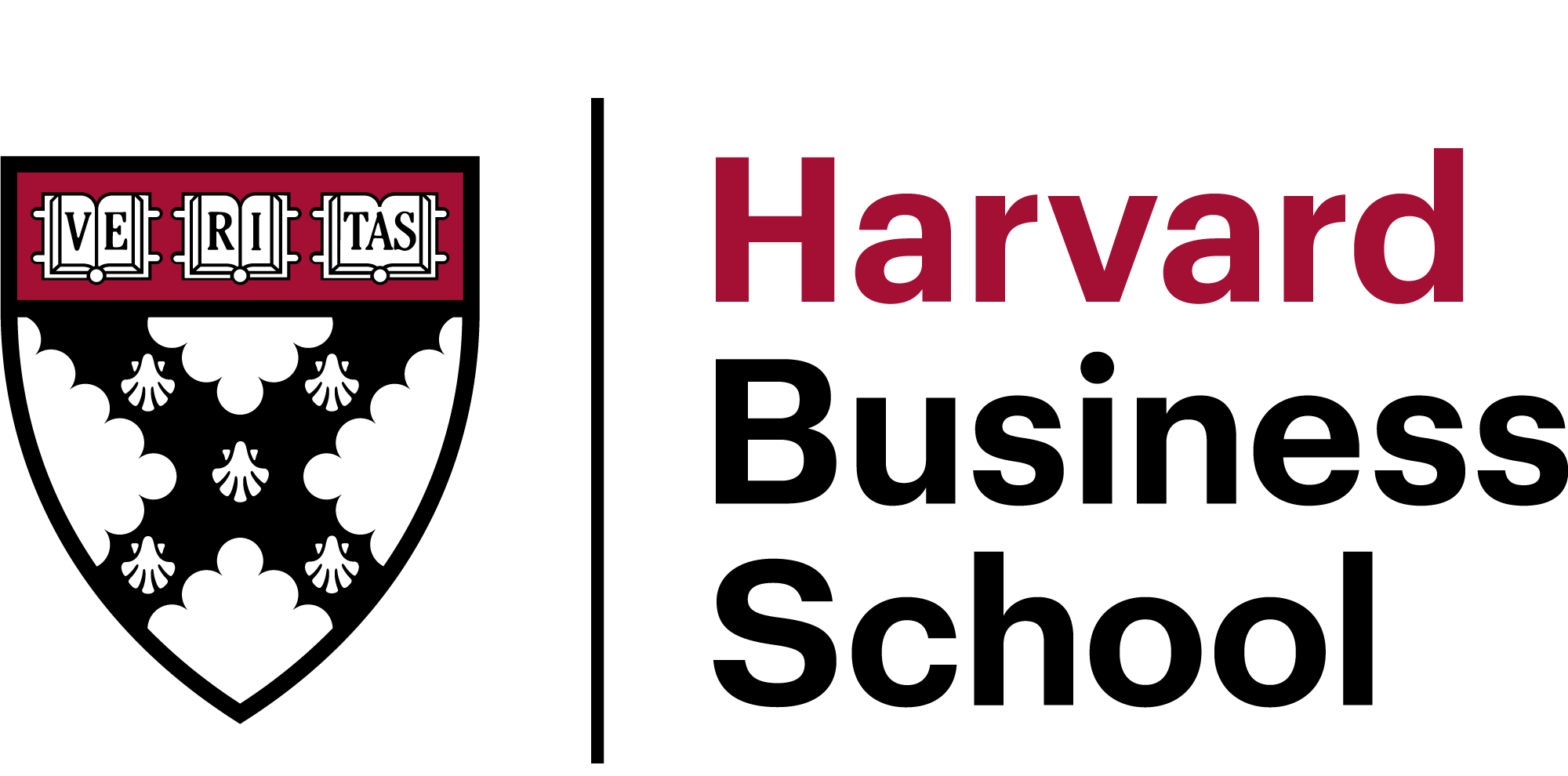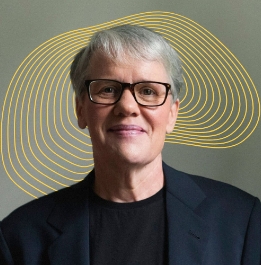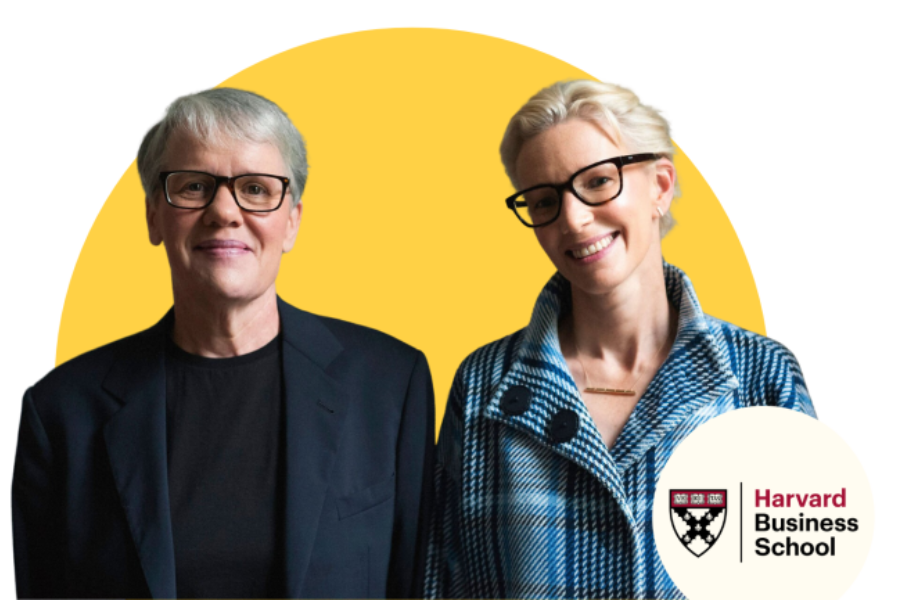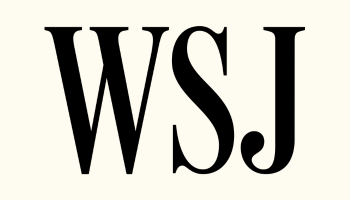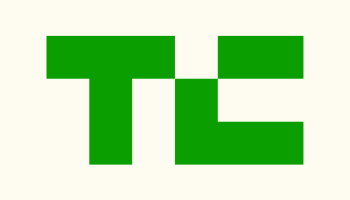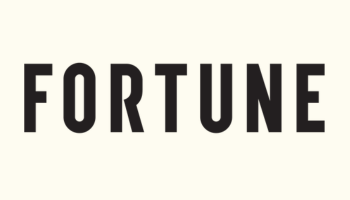Great companies are built by great teams.






















Teamraderie transforms how teams work together, one learning experience at a time.
Live
Cohort-based
Expert-led
Global
There’s a science behind effective teams. Every Teamraderie experience cultivates the behaviors and skills that are proven drivers of team performance and long-term success.
Designed with the best.
We collaborate with academic luminaries in leadership and organizational development to bring your teams the best.
For leaders who care about the health and future of their teams.
Prioritizing moments of meaningful connection and growth that your team enjoys has a profound impact on creating value within your organization.
How it works

Step 1
Choose a
focus
focus

Step 2
Select an experience

Step 3
Finalize your
booking
booking

Step 4
Share with
your team
your team

Step 1
Choose a
focus
focus

Step 2
Select an experience

Step 3
Finalize your booking

Step 4
Share with
your team
your team
Popular experiences to get you started
Cut the friction, prioritize what works & grow - led by a Stanford professor
55 min
Design your team’s AI roadmap with one of Stanford’s most popular professors
55 min
Develop champion level resilience with Olympian Lilly King - 2024 Gold Medalist
45 min
Foster a speak-up culture with leadership insights from Harvard Law School
55 min
4X Olympic medalist Summer Sanders helps you draw lessons, take action
55 min
Transforming feedback into forward-focused growth with award-winning author
45 min
Learn techniques to to foster inclusive decision-making and establish team norms
45 min
Choose an individual
experience or develop
a high-performance culture
for strategic team learning
Choose an individual experience or take your team on a multi-experience journey for deeper learning
Customer spotlight

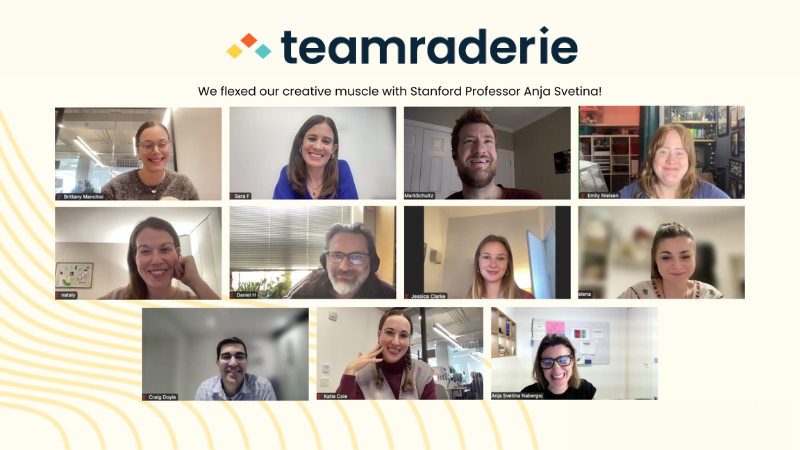

“We got the opportunity to tap into our vulnerability and get another perspective on being and leading great teams to higher levels of success.”


“This session was so much fun and also inspired us to think about “who are we as a team” and to define what “best” means to us.




"We got the opportunity to tap into our vulnerability and get another perspective on being and leading great teams to higher levels of success."


"This session was so much fun and also inspired us to think about "who are we as a team" and to define what "best" means to us."

Of employees say Teamraderie increased their connection to their team
0
%
Increase in employee engagement scores after Teamraderie experiences
0
%
Of customers feel more connected to their account manager after an experience
0
%
Of employees say Teamraderie increased their connection to their team
0
%
Increase in employee engagement scores after Teamraderie experiences
0
%
Of customers feel more connected to their account manager after an experience
0
%
The most influential companies trust
Teamraderie with their teams.

How a leading global organization amplifies connection with Teamraderie
It was the most successful ‘people’ program we had ever created – and the strongest signal I’ve seen in my career.
— Chief People Officer
Bring Teamraderie to your entire organization.
Learn about our enterprise programs.

